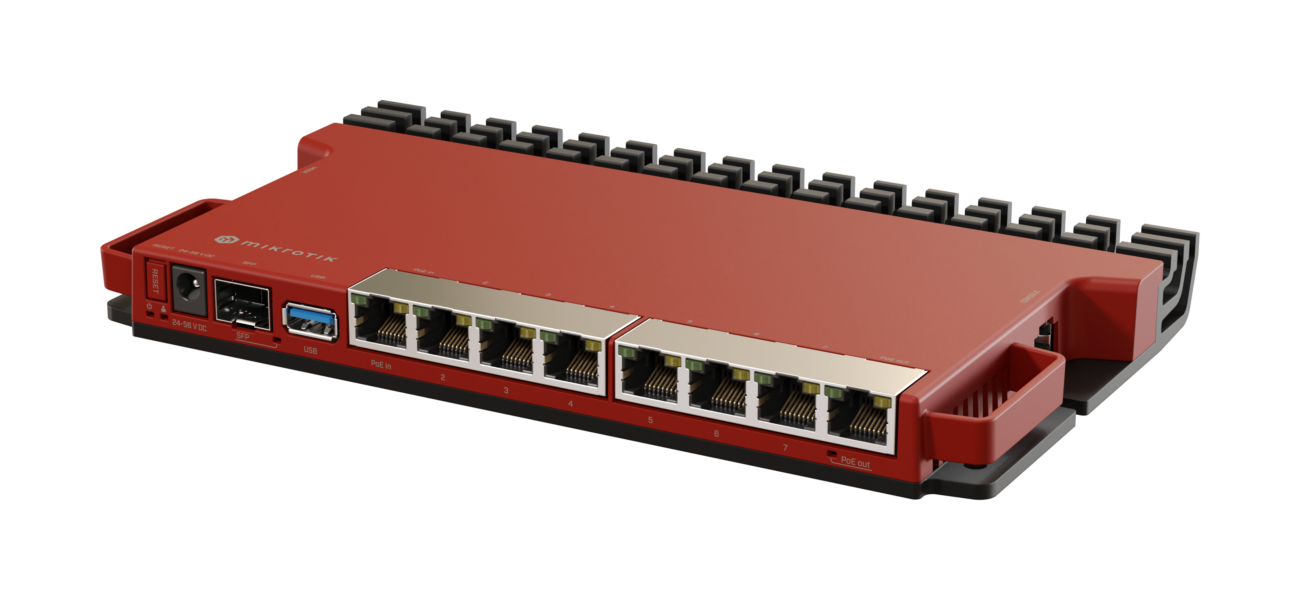I’ve been working on a little game in my free time.
Based on the 1970s book by Harry Harrison, Spaceship Medic follows the story of Lt Medic Chase, as an unknown illness strikes down the crew and passengers on the spaceship Johannes Keppler.
The story begins with a meteor striking the ship and killing the captain and first engineer.
Continue reading →Mikrotik make a network monitoring package for their routers called The Dude.
While it’s mostly pretty powerful and flexible, I’ve found some ways to customize it to make it work better for me that you might find useful too.
Continue reading →We all know IPv4 addresses are becoming more scarce, We’ve been warned about it for decades, and yet still every router I touch is primarily configured for IPv4. When it comes to preserving IP space, we’ve had NAT and RFC1918 for decades, and more recently CGNAT with RFC 6598.
I try to be as resourceful with my address space as possible. Most setups only require one routable address per site, some even getting away with CGNAT, particularly with MPLS/SD-WAN technologies.
My ISP at home provides me with a frame-routed /30 IP address range that directs traffic to my allocated subnet to my router via it’s primary IP address.
Instead of assigning 2 usable addresses, and broadcast and network addresses out of the four addresses available, I wanted to explore options for getting the most usable addresses as possible.
Continue reading →At work, we’re a Sophos partner, primarily focusing on the network protection products, including their next-gen firewall range – Sophos XG/XGS Firewall. They tend to work well for most of our smaller clientele, who tend to have 1-5 sites and less than 20 users.
Sophos XG supports a Remote Ethernet Device – essentially a self-provisioning layer 2 bridge device that appears as an interface on your your main firewall. The RED devices themselves aren’t configurable directly, they must be adopted and provisioned through Sophos’ provisioning service, where they’ll download their configuration based on how you’ve set them up in the firewall.
Continue reading →



